How to Fix Error 0x8007001 in Windows
Error 0x8007001 in Windows Installation Assistant can often be caused by a problem with the Windows update component or corrupted system files.
A problem with the Windows update component may indicate the presence of corrupted files in the software distribution folder, stopped Windows update services, corrupted Windows update registry, or DLL files. These issues are common causes that prevent successful installation of Windows updates.
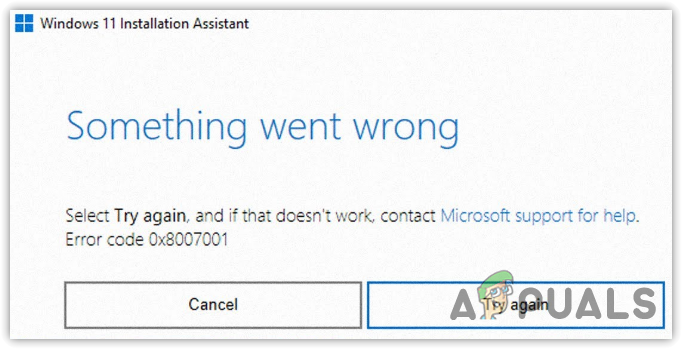
Before proceeding with the methods, ensure that you have sufficient space available on your system drive for the update. Otherwise, you may encounter this error message.
1. Resetting Windows Update Component
As mentioned earlier, if there is an issue with the Windows Update component, such as corrupted Windows update files in the software distribution folder, it can lead to various Windows update errors.
The software distribution folder is used to store files downloaded via the Windows update utility. Once the Windows update files are downloaded, the user can install them by restarting the computer. If there are corrupted Windows update files present, it can cause errors during the update process.
Resetting the Windows update components involves clearing the software distribution folder, as well as other Windows update folders like the Catroot folder. Additionally, it involves restarting the Windows update services and re-registering the Windows update DLL files. Therefore, if the error is caused by a problem with the Windows update component, performing a reset should resolve the issue.
- To reset the Windows update component, download the Reset Windows update batch file from the link.
- Once it is downloaded, right-click the batch file and select Run as administrator.
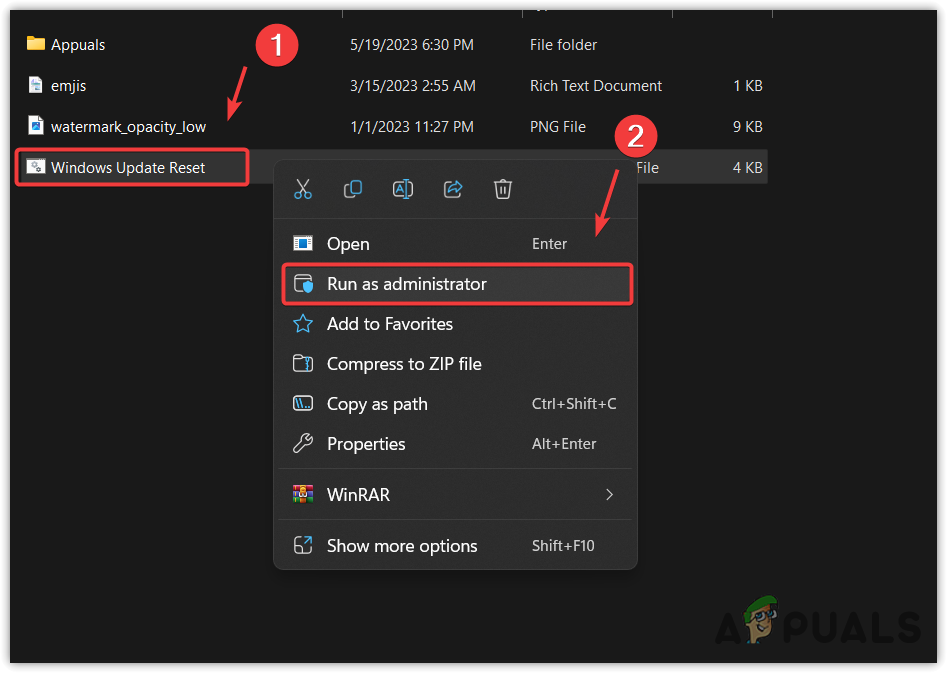
- Wait for the commands to be executed.
- Once done, try to update the Windows to see if you encounter the same error or not.
2. Download Windows Update Manually
If resetting the Windows update component did not work for you, you can try downloading and installing the Windows update manually by visiting the Microsoft Catalog, which is a store of Windows updates released so far.
- Go to the Microsoft Catalog and search for the update that won’t install.
- Now, click the Download button, then click the link to download the update, which appears in the short Window.

- Once the update is downloaded, double-click on it to install the update.
4. Run the Windows Update troubleshooter
The Windows Update troubleshooter allows users to automatically fix problems that prevent Windows from installing updates.
When you run the Windows Update troubleshooter, it first checks for pending restarts and then verifies the status of Windows Update services. Therefore, follow these steps to run the Windows Update troubleshooter utility:
- Press the Windows key and type Troubleshoot Settings.
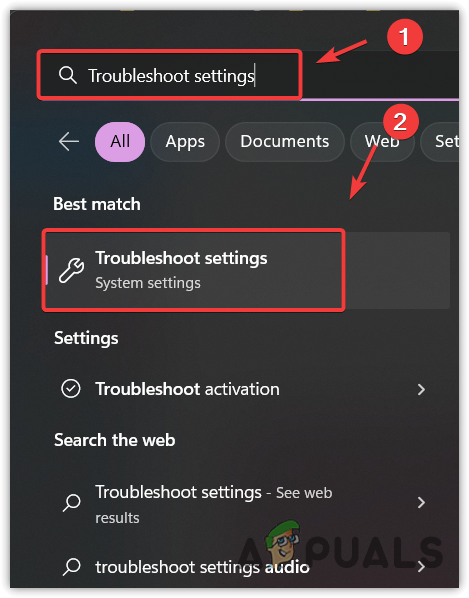
- Hit Enter to open the settings, and click Other troubleshooters to view more troubleshooters.

- Here run the Windows Update troubleshooter.
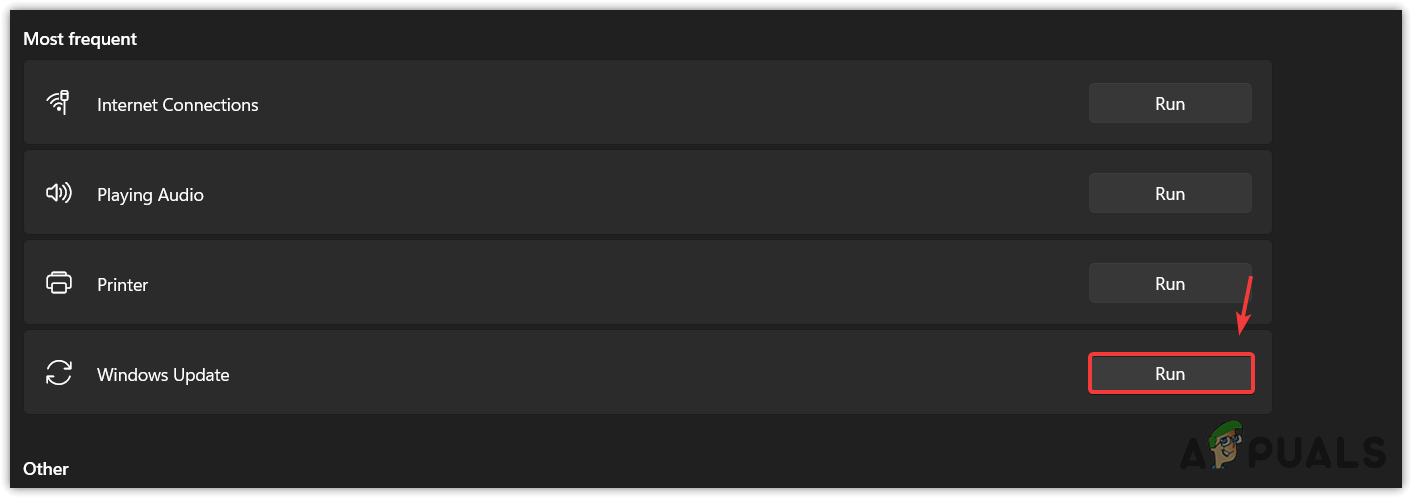
- Once done, then try updating Windows and check if the error is fixed or not.
5. Perform a DISM and SFC Commands
SFC, or System File Checker, is a command-line troubleshooting utility that enables users to restore corrupted system files, including Windows update files. On the other hand, DISM, or Deployment Image Servicing and Management, consists of three commands: CheckHealth, ScanHealth, and RestoreHealth. These commands are used to restore or repair Windows images, which include the Windows update component.
To execute DISM and SFC, follow these steps:
- Press the Windows key and type Command Prompt.
- Right-click the command prompt and select Run as administrator.
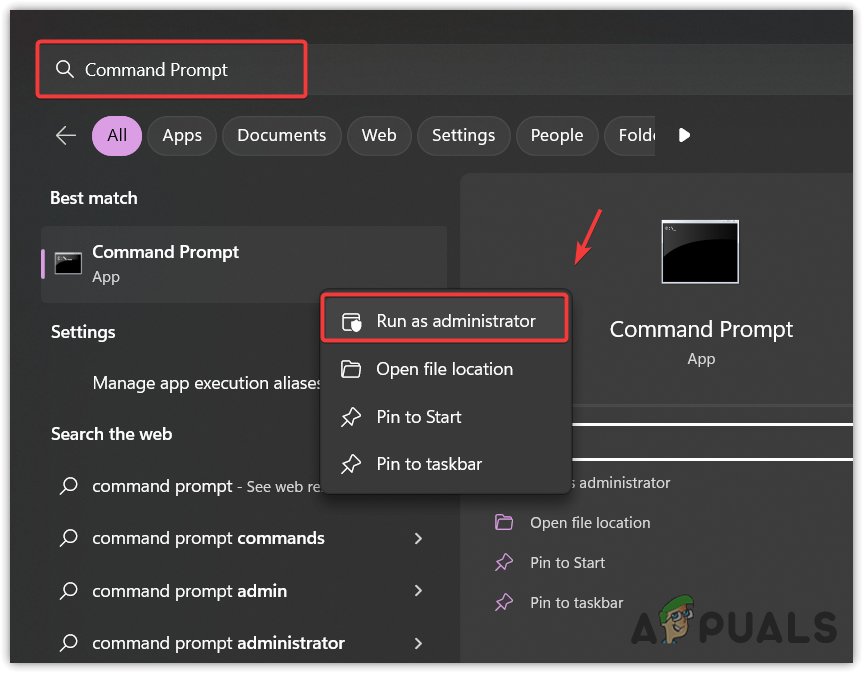
- Once the command prompt is opened, enter the following commands one by one.
sfc /scannow DISM /Online /Cleanup-Image /RestoreHealth
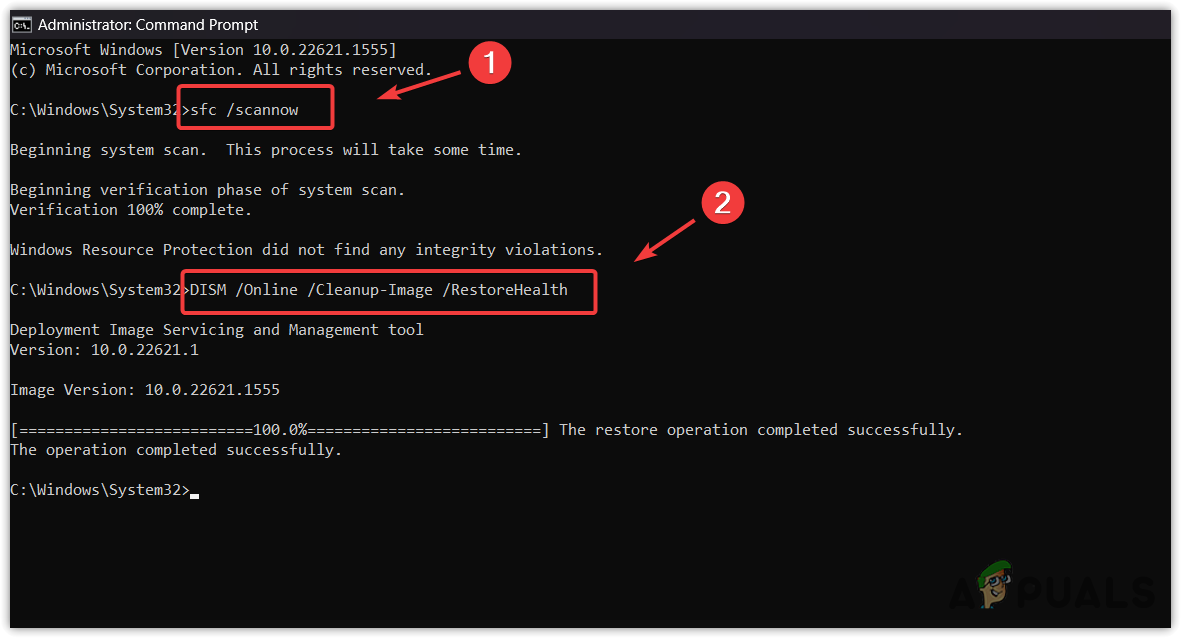
- Once you have executed both of them, close the command prompt and check for the update error 0x8007001.
6. Use a System Restore utility
You can also use the System Restore utility to revert to a previous version of Windows and then attempt to update Windows.
System Restore is a troubleshooting utility that enables users to create restore points that store registry files, system files, and drivers. When issues arise, such as driver corruption or Windows update errors, using the System Restore utility can help resolve the problem. If you have previously created a restore point, follow these steps to utilize it. Otherwise, proceed to the final method.
- Click the Start Menu and type rstrui in the Windows search.
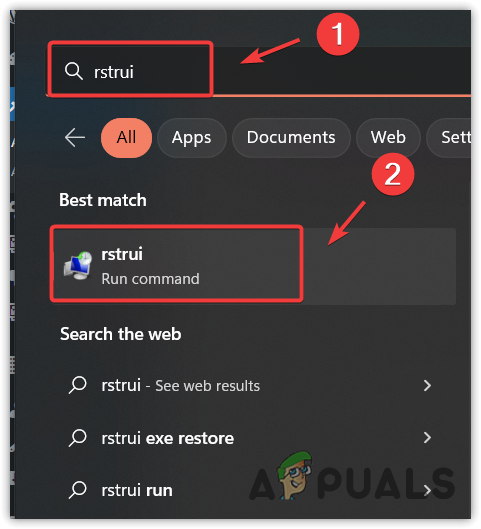
- Run the command and click Next.
- Select a restore point and click Next.
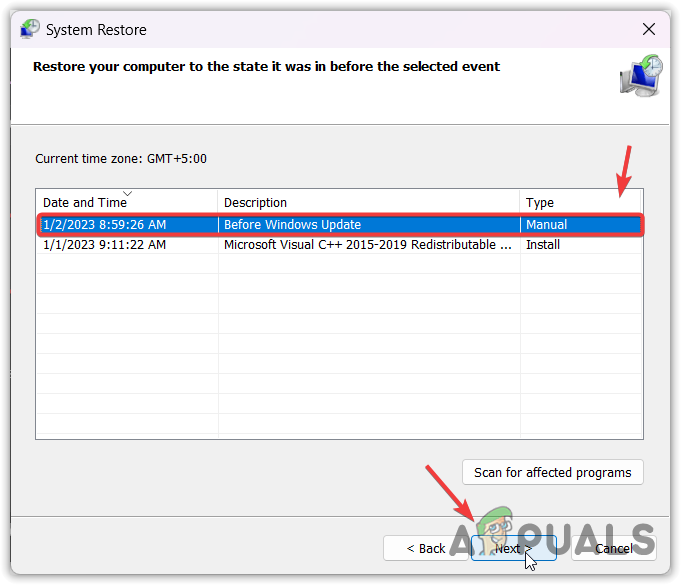
- Click Finish to restore Windows to its previous state.
7. Use the Media Creation tool to install or upgrade Windows
If you have Windows 10, you can use the Media Creation Tool to upgrade your Windows. However, if you are using Windows 11, you will need to reinstall Windows using the Media Creation Tool.
If you intend to create a bootable USB to install Windows, you can refer to our article on ‘How to Install Windows Using a USB.’ Otherwise, follow the steps below to upgrade your Windows.
- Download the Media Creation Tool using the link for Windows 10.
- Once it is downloaded, run the Media Creation Tool.
- Leave Upgrade this PC now selected and click Next.

- Wait for the updates to be downloaded, then restart your computer to install the updates.
Windows update Error 0x8007001- FAQs
To fix this error, try resetting the Windows update component or restoring the corrupted system files because most Windows update errors occur due to a problem with the Windows update component or corrupted system files.
Usually, this error occurs when there is a problem in your Windows update component, such as a corrupted Software Distribution folder, stopped Windows update services, and corrupted Windows update DLL and registry files.





